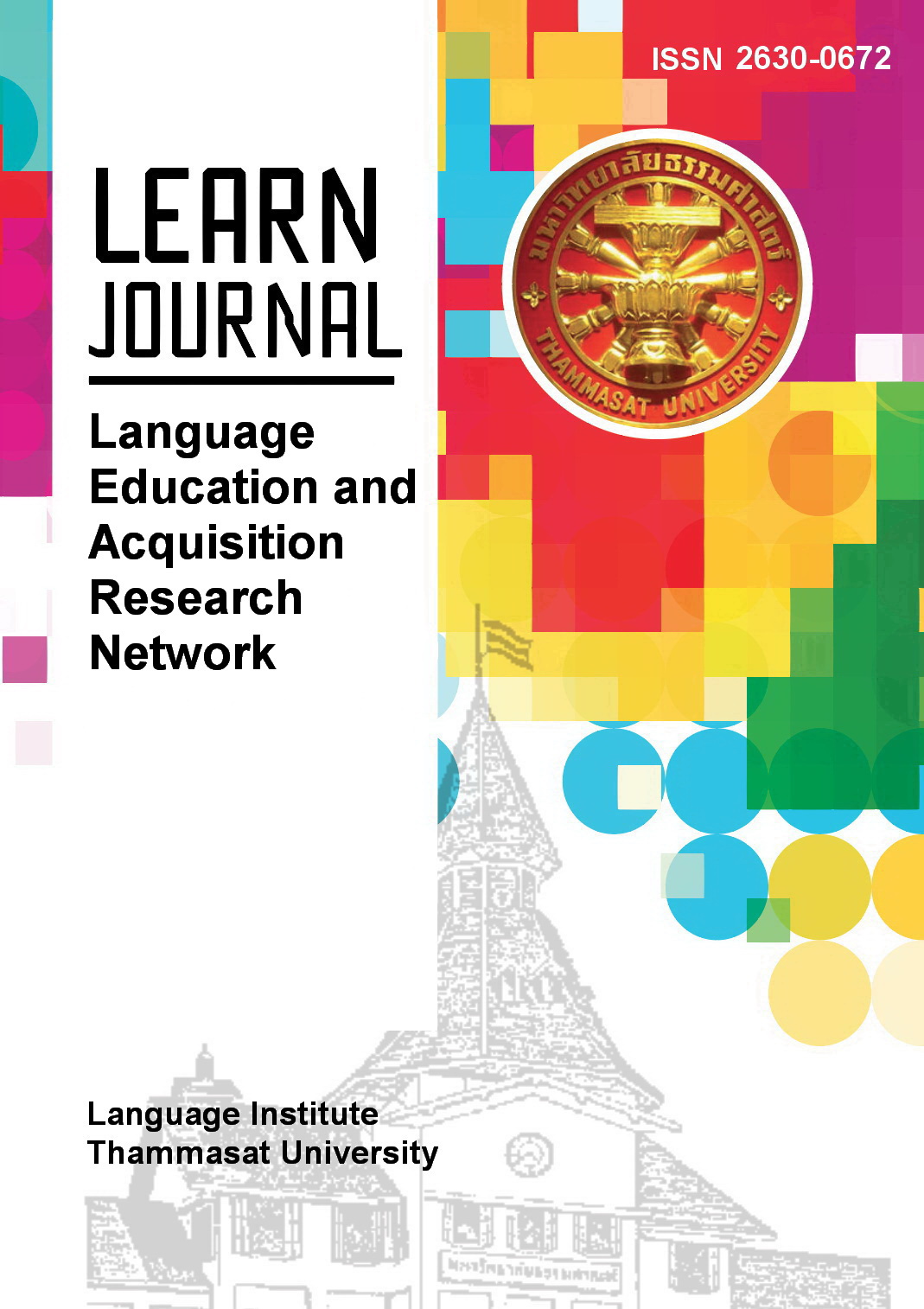Curriculum Integrated Language Teaching: CLIL in Practice By Kim Bower, Do Coyle, Russell Cross, and Gary N. Chambers
Main Article Content
Abstract
The notion of curriculum integrated language teaching addressed in this volume is somewhat of a breakthrough to cope with 21st-century educational challenges. The world of curriculum integration for middle school has been discussed by Gibbons (1979), that pointed out the nature of this move is to bring multi-disciplinary studies together in synthesis for better curriculum design, and now such endeavours pervasively exist. The urgent need for additional language acquisition (e.g., second or foreign language) has driven scholars to incorporate second or foreign languages as a medium of instruction in subject lessons and proposed a model named Content and Language Integrated Learning (CLIL) (Cenoz, 2015; Coyle et al., 2010). Myriad of studies have documented the multi-faceted implementations across the non-Anglophone regions (i.e., South America and Asia), and regrettably, limited of them reported how CLIL gets along in English-native contexts. To close this niche, as highlighted in the preface of this volume, Kim Bower, Do Coyle, Russell Cross, and Gary N. Chambers, well-established scholars pertain to CLIL, innovative curriculum design, and pedagogy, intend to take the readers capture ‘an overview of CLIL practice in primary and secondary schools in Anglophone and similar contexts’ (p.xviii).
Article Details
References
Bronfenbrenner, U. (1979). The ecology of human development: Experiments by nature and design. Harvard University Press.
Cenoz, J. (2015). Content-based instruction and content and language integrated learning: The same or different? Language, Culture and Curriculum, 28(1), 8-24, https://doi.org/10.1080/07908318.2014.1000922
Coyle, D., Hood, P., & Marsh, D. (2010). Content and language integrated learning. Cambridge University Press.
Dörnyei, Z., MacIntyre, P. D., & Henry, A. (2014). Introduction: Applying complex dynamic systems principles to empirical research on L2 Motivation. In Z. Dörnyei, P. D. MacIntype, & A. Henry (Eds.), Motivational dynamics in language learning (pp. 1–7). Multilingual Matters. https://doi.org/10.21832/9781783092574-003
Gibbons, J. A. (1979). Curriculum integration. Curriculum Inquiry, 9(4), 321-332, https://doi.org/10.1080/03626784.1979.11075614
Goris, J., Denessen, E., & Verhoeven, L. (2019). The contribution of CLIL to learners’ international orientation and EFL confidence. The Language Learning Journal, 47(2), 246–256. https://doi.org/10.1080/09571736.2016.1275034
Porto, M. (2021). Intercultural citizenship in foreign language education: An opportunity to broaden CLIL’s theoretical outlook and pedagogy. International Journal of Bilingual Education and Bilingualism, 24(7), 927–947. https://doi.org/10.1080/13670050.2018.1526886
Wilkinson, R. (2018). Content and language integration at universities? Collaborative reflections. International Journal of Bilingual Education and Bilingualism, 21(5), 607–615. https://doi.org/10.1080/13670050.2018.1491948


